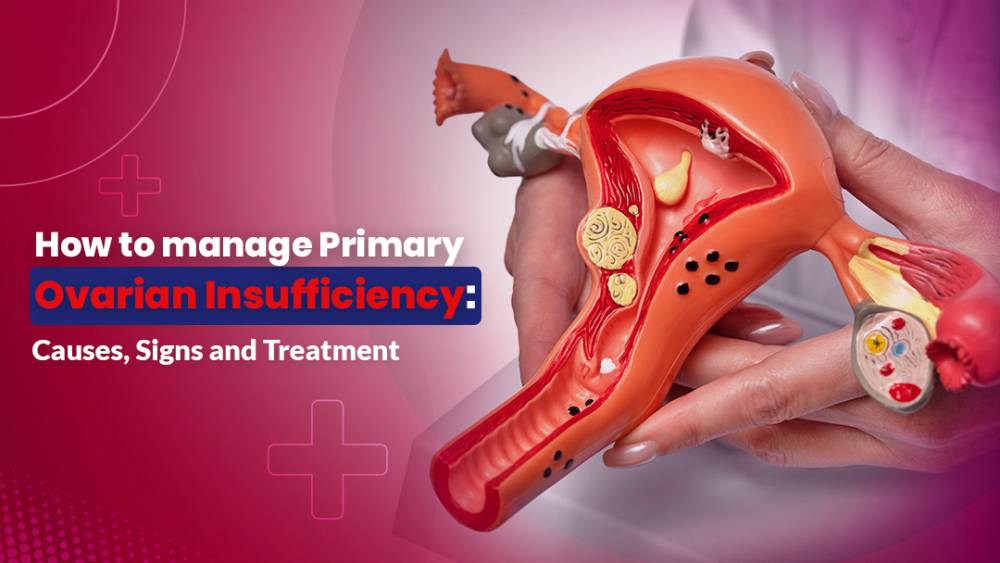
Primary ovarian insufficiency (POI) or primary ovarian failure (POF) is a condition where a woman's ovaries stop releasing eggs before the age of 40, instead of the usual age of around 51. If this happens after a woman crosses 45, it is considered normal. After the ovaries stop working, a woman goes through menopause, which means her menstrual cycle stops altogether. If it happens before 45, it is considered early menopause, and before age 40, it's called premature menopause.
According to a study published in Nature titled "Exploring the triggers of premature and early menopause in India: a comprehensive analysis based on National Family Health Survey, 2019–2021" by Sampurna Kundu and Sanghmitra Sheel Acharya, the estimated prevalence of premature menopause is 2.2% and early menopause is 16.2%.
However, multiple studies say Primary Ovarian Insufficiency is increasing nowadays. The risk of POI is high in women of ages 35 to 40. Rarely, it occurs in women before age 30. However, primary ovarian insufficiency is possible in younger women and even in teenagers, which can be dangerous eventually.
On the other hand, there is a deep connection between primary ovarian insufficiency and early menopause. In this article, we will discuss everything about Primary ovarian insufficiency, and early and premature menopause.
To diagnose Premature ovarian insufficiency (POI) or primary ovarian failure (POF), healthcare providers usually conduct a thorough physical and pelvic exam along with reviewing your health history, including menstrual cycles, pregnancies, and birth control use. They also order blood tests to measure hormone levels such as FSH, estrogen, and prolactin. Additional tests may include genetic testing, pelvic ultrasound, pregnancy, and antibody tests for autoimmune conditions.
Treatment for Premature ovarian insufficiency (POI) or primary ovarian failure (POF) aims to replace hormones no longer produced by the ovaries, alleviate symptoms like night sweats and vaginal dryness, and reduce risks associated with POI-related conditions such as osteoporosis. Hormone replacement therapy (HRT) provides estrogen and sometimes progesterone, administered through pills, creams, gels, patches, or vaginal rings, to manage symptoms and lower health risks. Additional treatments may include calcium and vitamin D supplements for bone health, regular exercise, and weight management. Fertility options can be explored if desired, and birth control should be discussed for those not planning pregnancy. It's important to discuss the benefits and risks of HRT with your healthcare provider to determine the most suitable approach.
POI is usually not preventable. However, women at higher risk for Primary ovarian insufficiency (POI) or primary ovarian failure (POF) may decide to pursue fertility preservation.
In conclusion, while primary ovarian insufficiency (POI) is not reversible, there are treatments available to manage symptoms, alleviate side effects, and reduce the risk of associated health conditions. However, studies show that about 25% of people with POI may experience ovulation at least once after diagnosis. With appropriate treatment, women who are suffering from POI can improve their quality of life and maintain overall health. For additional queries, consult with your doctor.